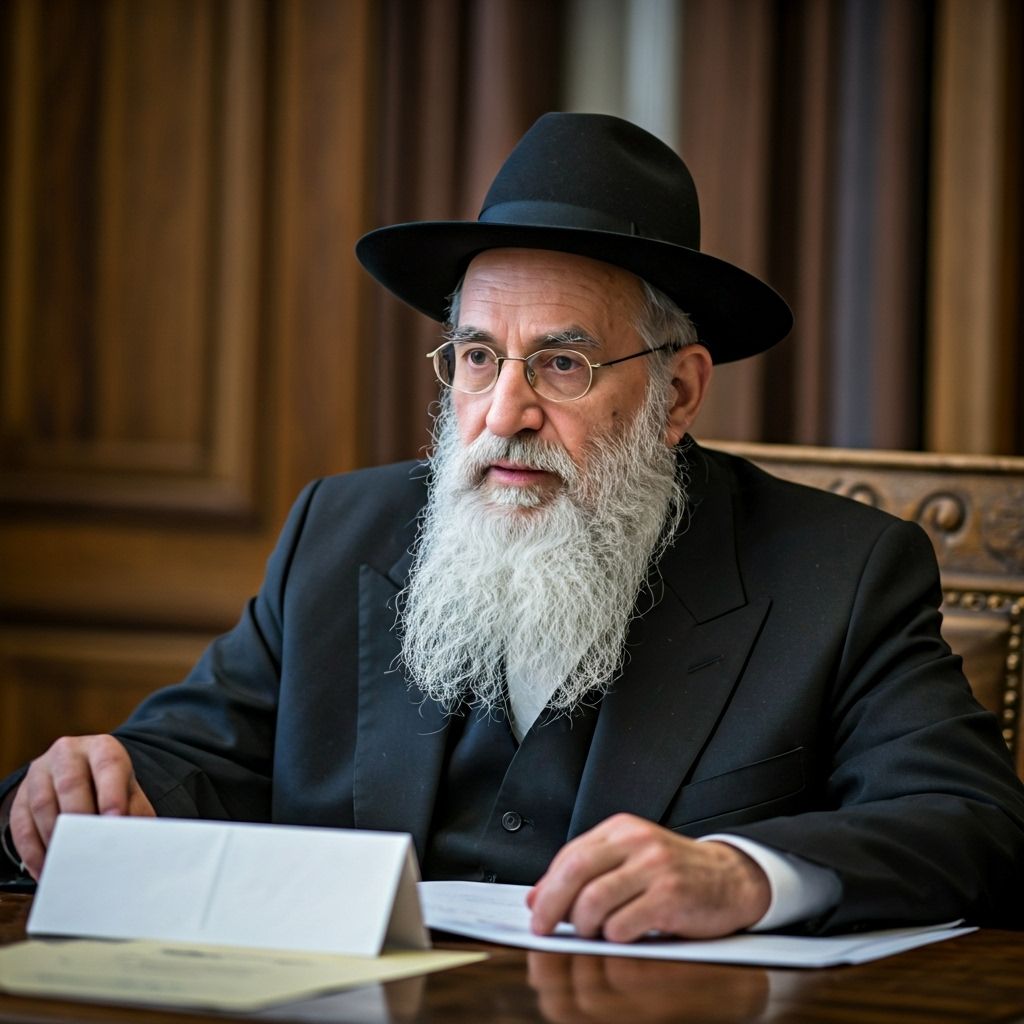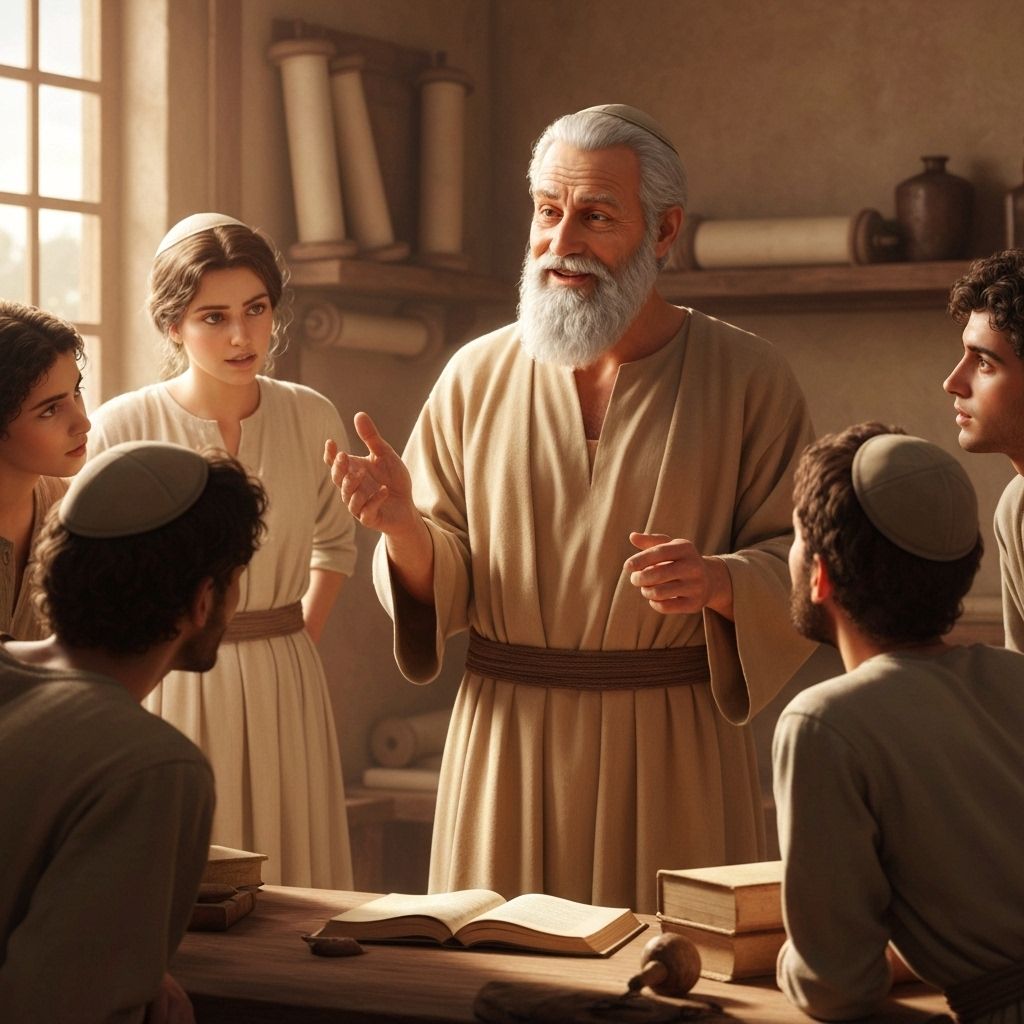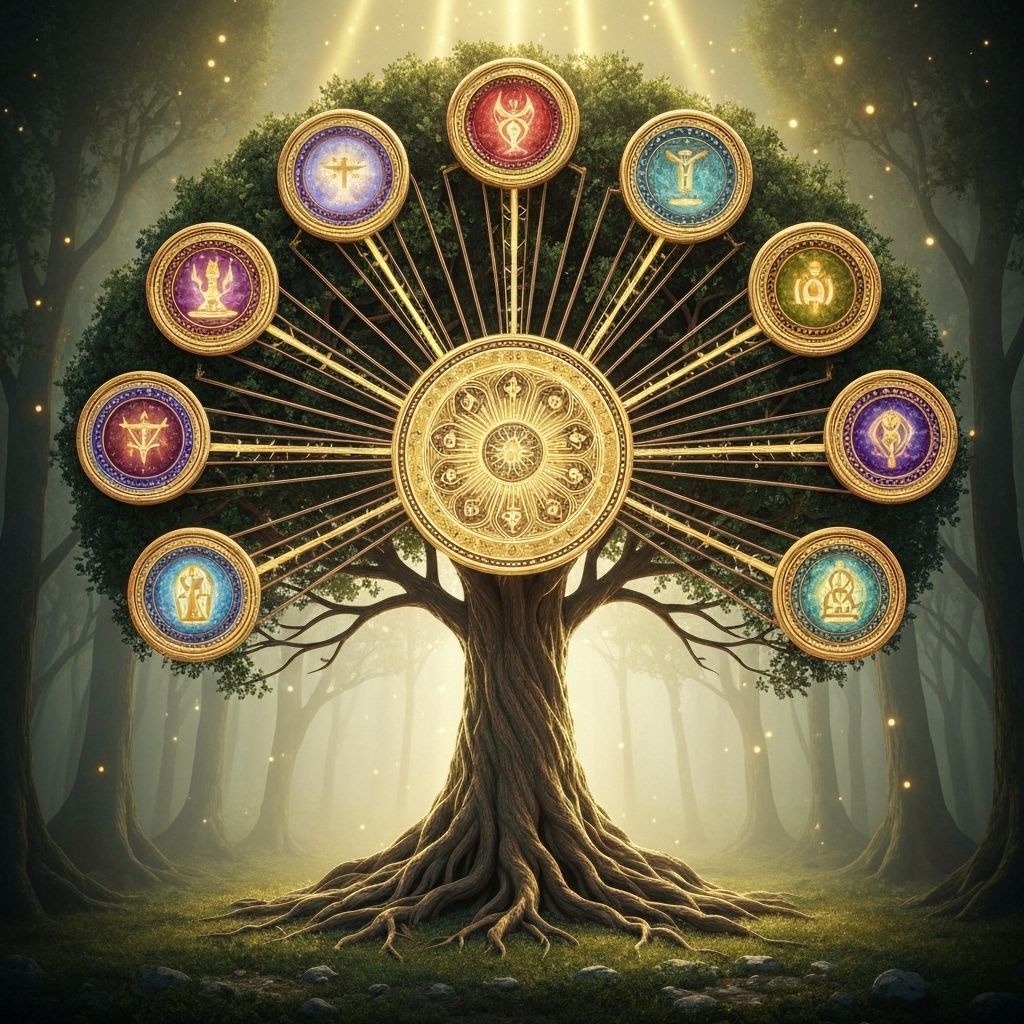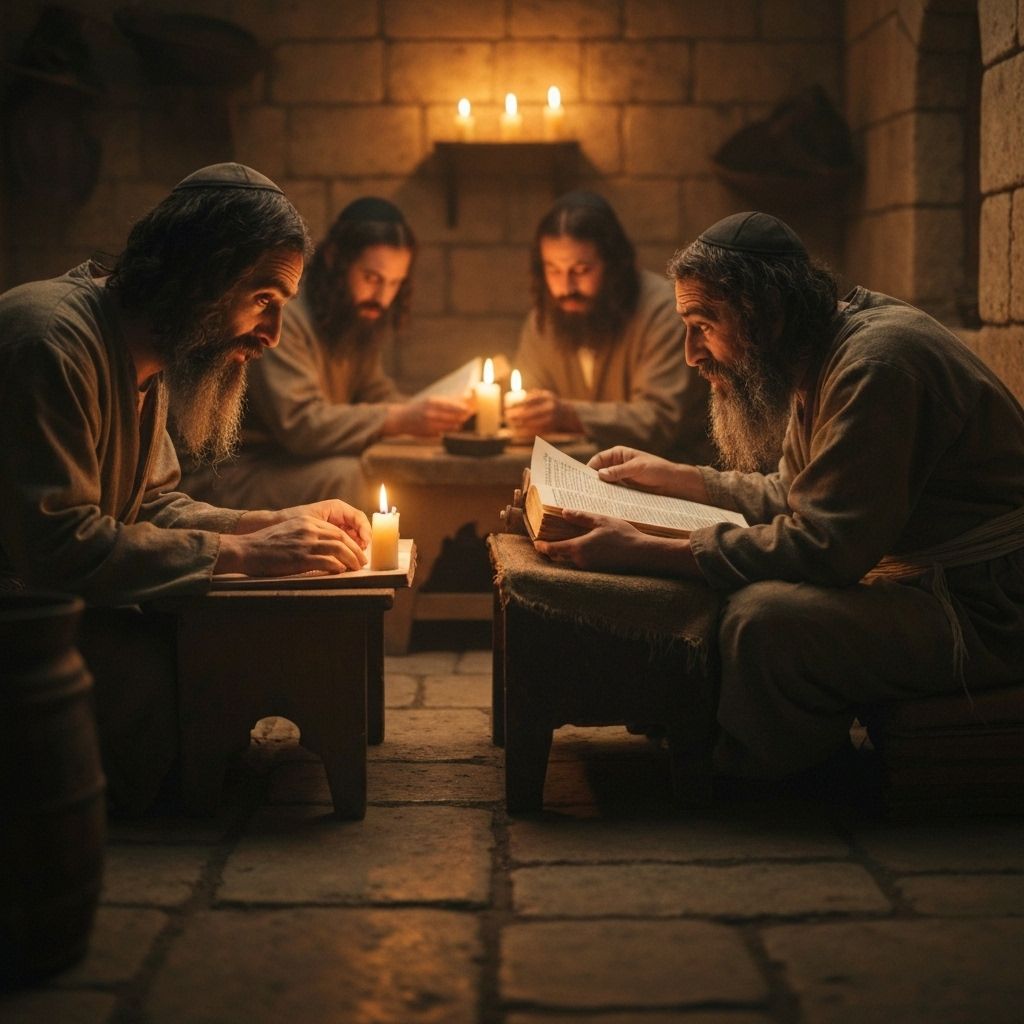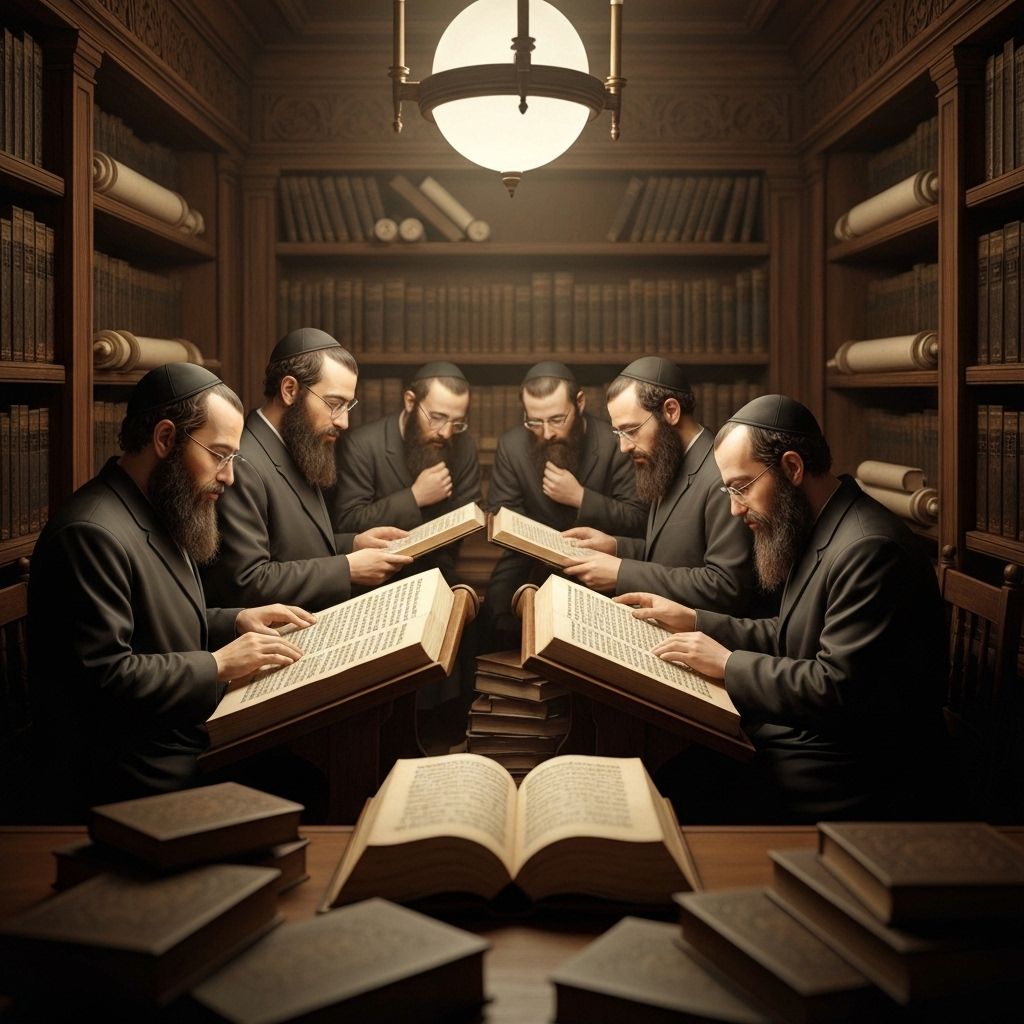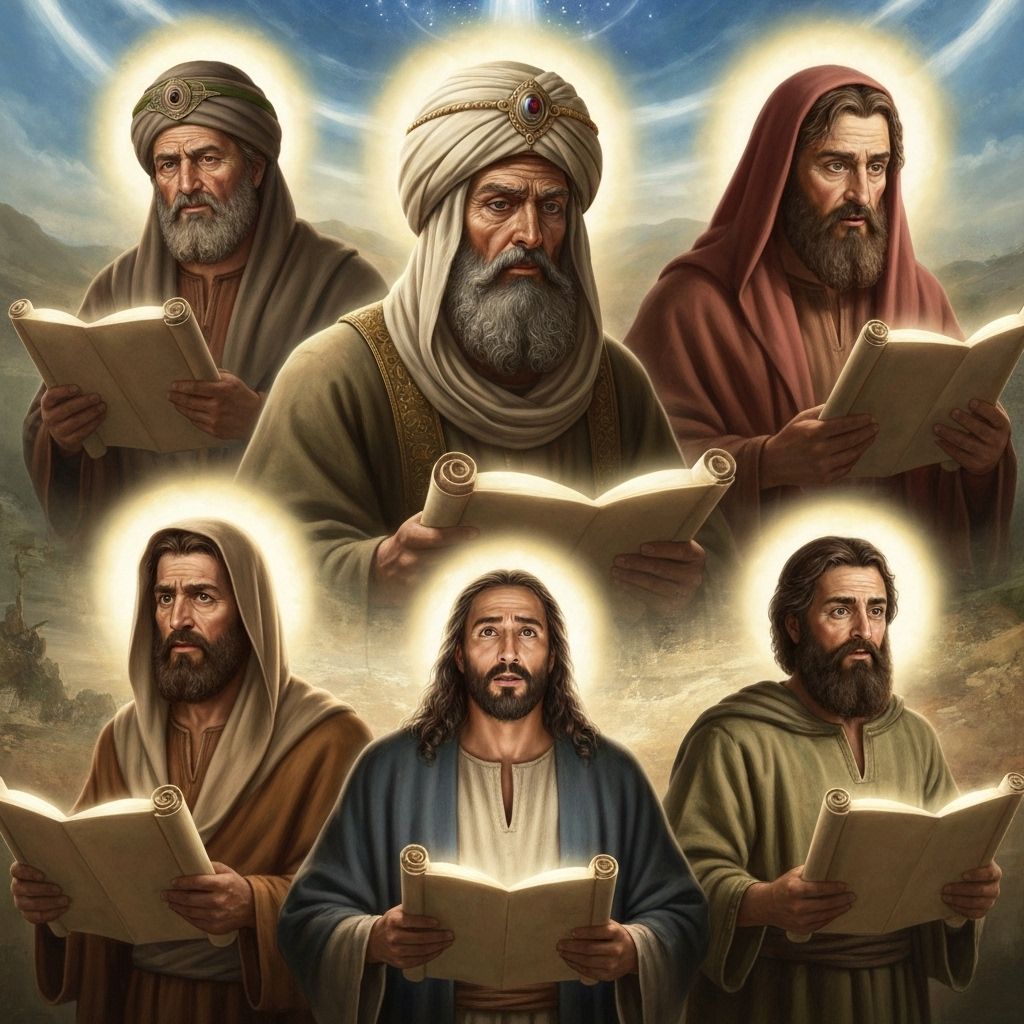3-Minute Summary
The Words of the Torah Explained with Help from Rashi and Ramban
Rashi (1040-1105) was a medieval French rabbi whose commentary on the Torah and Talmud is considered essential reading. His explanations focus on the plain meaning of the text and are known for their clarity and accessibility.
Ramban (1194-1270) was a Spanish rabbi, physician, and philosopher who provided deeper mystical and philosophical insights into the Torah, often building upon Rashi's work while adding his own profound interpretations.
Parashat Toldot opens with Isaac and Rebecca's struggle with infertility, echoing Sarah's experience and establishing the pattern that divine promises often require patience and persistence. The twenty years of waiting teaches us that Hashem's timing is not always our timing, and that spiritual growth often occurs during periods of waiting and uncertainty. Isaac's prayer for Rebecca demonstrates the power of intercessory prayer and the importance of husbands supporting their wives during difficult times.
Rebecca's difficult pregnancy and Hashem's revelation about the twins struggling within her introduces the theme of divine predestination versus human choice. The prophecy that 'the older will serve the younger' challenges conventional assumptions about birthright and inheritance, suggesting that spiritual leadership is determined by divine choice rather than natural order. This revelation shapes Rebecca's understanding of her sons' different destinies and influences her later actions.
The birth of Esau and Jacob with Jacob holding Esau's heel establishes the dynamic that will characterize their relationship throughout their lives. Esau's name, meaning 'hairy' or 'rough,' reflects his physical, earthly nature, while Jacob's name, meaning 'heel-grabber' or 'supplanter,' suggests his more subtle, spiritual approach to achieving his goals. Their different natures become evident even in their birth and will shape their entire relationship.
The description of Esau as a skilled hunter and Jacob as a quiet man who dwells in tents highlights their contrasting personalities and approaches to life. Esau represents the physical, immediate, and material aspects of human nature, while Jacob embodies the spiritual, patient, and contemplative qualities. These differences will become crucial in determining their suitability for carrying forward the divine covenant.
The famous story of Esau selling his birthright for a bowl of lentil stew reveals the fundamental difference between the brothers' values and priorities. Esau's immediate gratification and disregard for his spiritual inheritance contrasts sharply with Jacob's recognition of the birthright's true value. This moment establishes Jacob's suitability for spiritual leadership and Esau's unsuitability for carrying forward the divine mission.
Isaac's encounter with famine and his journey to Gerar mirrors Abraham's experience, but with important differences. Isaac's repetition of Abraham's story about Rebecca being his sister shows both the power of family patterns and the need for each generation to face its own challenges. The incident reveals Isaac's different approach to dealing with fear and conflict compared to his father.
Isaac's success in Gerar and his conflict with the Philistines over wells demonstrates his ability to prosper despite difficult circumstances. The naming of the wells—Esek (contention), Sitnah (enmity), and Rehoboth (broad places)—reflects Isaac's journey from conflict to peace and his ability to find solutions through persistence and divine blessing. His success shows that divine promises are fulfilled through human effort and wisdom.
The story of Isaac blessing Jacob instead of Esau through Rebecca's orchestration raises complex questions about deception, divine will, and human agency. Rebecca's role in this deception reflects her understanding of the divine prophecy about her sons' destinies and her determination to ensure that the blessing goes to the more spiritually suitable son. Isaac's blindness becomes a metaphor for his inability to see beyond Esau's immediate appeal to recognize Jacob's deeper spiritual qualities.
Isaac's blessing to Jacob emphasizes the continuation of the divine covenant and the promise of prosperity and leadership. The blessing includes both material success and spiritual responsibility, showing that divine favor carries with it obligations to serve Hashem and be a blessing to others. Jacob's receipt of this blessing, despite the deceptive means, suggests that divine purposes can be fulfilled even through imperfect human actions.
Esau's discovery of what has happened and his bitter response reveals his continued focus on immediate consequences rather than spiritual understanding. His plan to kill Jacob after Isaac's death shows his inability to accept divine will and his preference for violence over reconciliation. This response confirms why he was unsuitable for carrying forward the divine covenant.
Rebecca's decision to send Jacob away to Haran to find a wife shows her wisdom in protecting her favored son while also ensuring that he marries within the family tradition. Her concern about Esau's Canaanite wives reflects the importance of maintaining cultural and spiritual continuity through proper marriage choices. This decision sets the stage for Jacob's further spiritual development and the continuation of the covenant line.
The parsha concludes with Esau's attempt to please his parents by marrying a daughter of Ishmael, showing his continued misunderstanding of what truly matters. His choice to marry within the family while still choosing someone outside the immediate covenant line reflects his partial understanding but continued spiritual blindness. This final act confirms the wisdom of Rebecca's preference for Jacob as the carrier of the divine covenant.
Toldot teaches us about the complexity of divine destiny, the importance of spiritual qualities over natural advantages, and the way divine purposes unfold through human choices and circumstances. The story of Esau and Jacob reveals that spiritual leadership requires patience, wisdom, and the ability to value eternal blessings over immediate gratification. Their different approaches to life and their contrasting responses to divine will demonstrate the fundamental choice between spiritual and material values that every person must make.

